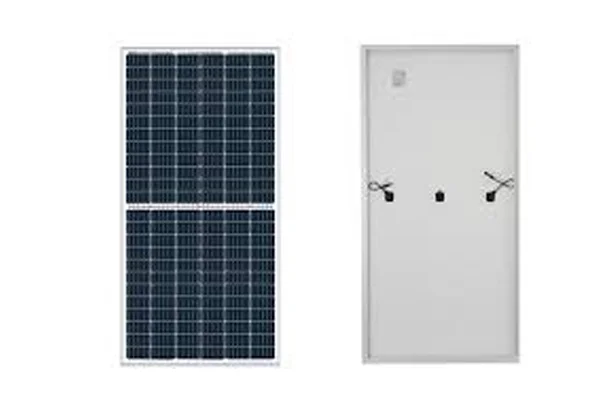Major Benefits of Half Cut Solar Panel:
1. Lower Resistive Losses
Basically, in solar panel the resistive power losses occur when electrical current passed through the cell interconnection. While these solar cells cut in half, the current is divided. This decreased current in turns lower resistive losses and improves the performance. This cut cell solar module design claims to increase the output by 2.5% over a full sized cell and 9 to 10 W per panel.
2. Higher Shade Tolerance
This half cut solar panels have six string design over the three string design of traditional one, hence is more resistance to the effects of partial shade on the panel. So when there is any partial shade on a panel, because of any leaves, branches, bird poop or dust/ debris, the shaded area will only affect a sixth of the entire panel power output, rather than one third of the output.
3. Better Durability
The six string design mitigates the cells size this in turns reduce the stress on each cell interconnection expansion and contraction as the panel heats and cools each day. Further, the small cell size bends less, hence less prone to cracking as well as it also slash downs the hot spot temperature, which ultimately lowers the risk of damaging the panel.



